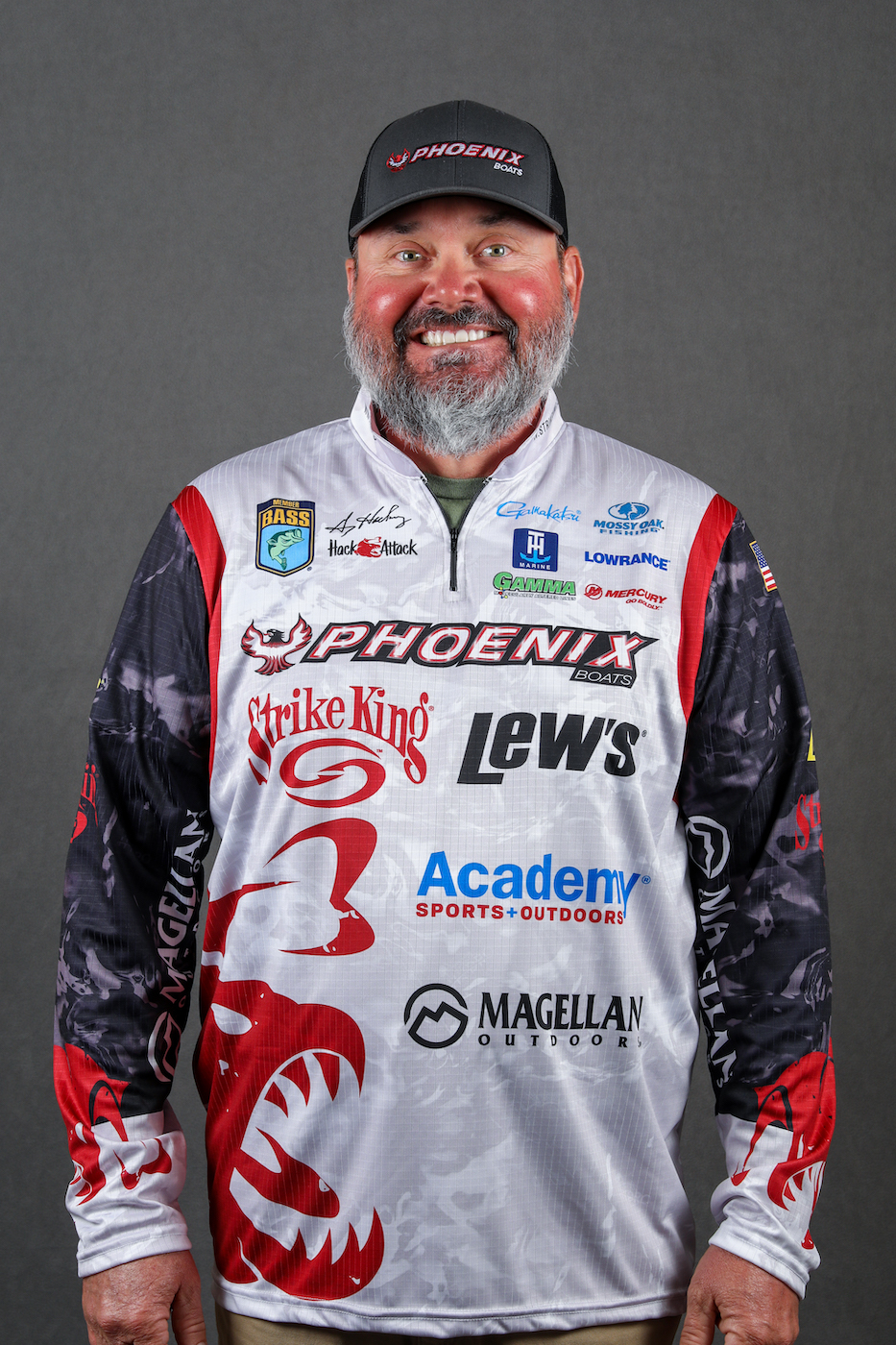Last week I said we’d talk about problems with heavyweight jigs. That wasn’t right. The problem is not with heavyweight jigs. It’s with heavyweight slip sinkers, and it’s especially nasty when you’re pitching and flipping lead because of its larger size.
Here’s what I’m talking about: When you pitch or flip a real heavy slip sinker — something that weighs an ounce or better – the bass tend to grab the weight first. In most scenarios you’ll have a big plastic trailer on your setup. As the bass grabs the bait the weight folds over the hook, balls everything up and makes it very difficult to get a solid hookset. This is caused by the moveable joint between the weight and the hook.
If you snap the rod, you’ll pull the entire bait out of the bass’ mouth. There’s no way the hook will get through that mess and into the fish’s mouth.
A better way to approach a situation where you need that much weight is to flip or pitch a jig with a trailer. Your hookup percentage will be dramatically better because the hook comes off the back of the jig in a fixed position. If it can’t move, nothing can fold over anything. It’s all in a straight line so a hard snap will drive the hook home.
When I say that, I’m talking about the newer, better made and better designed jigs. Years ago a lot of the heavy jigs were made without changing the hook. They used whatever was working on the lighter models. Those hooks didn’t work with heavy, bulky heads. The newer, heavyweight jigs have hooks specifically designed to work with that kind of weight. They’re good.
Despite all I’ve said, I use heavyweight slip sinkers. Sometimes you can’t avoid it. I solve the hookset problem by not setting the hook with a jerk or a snap. I let the fish have the bait and then I kind of lean into them. I pull. They pull. The hook penetrates — most of the time.
Overall, I’d say that unless you have a lot of experience at this you’ll do better with a jig. You’ll probably get three or four fewer bites during the day, but you’ll get them to the boat.
There’s one other thing I want to mention, here, and that’s the difference in the rate of fall between a jig and a slip sinker. A slip sinker falls much faster than a jig if they weigh the same amount. How much faster depends upon the style of the jig head and the bulk of the trailer.
In general I go with doubling the weight most of the time. If I’d throw a 1/2-ounce slip sinker on a Texas rig to get the rate of fall I want, I’ll switch to a full ounce with a jig.
Sometimes, though, if the jig head is pointed, has narrow shoulders or your trailer is small you might get the same result with a 3/4-ounce head. It just depends. Each model is a little different. Keep in mind, too, the differences between lead and tungsten.
Mess around with these ideas yourself. See what you think.

